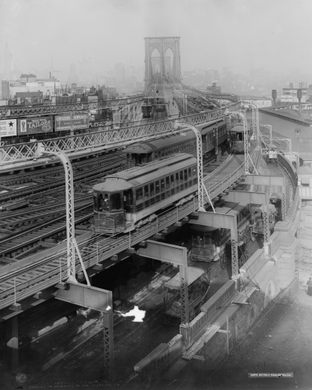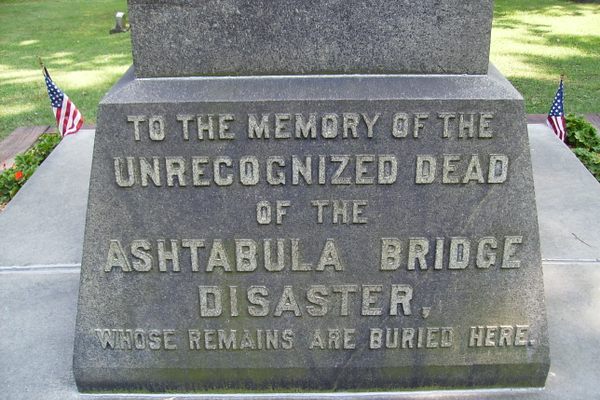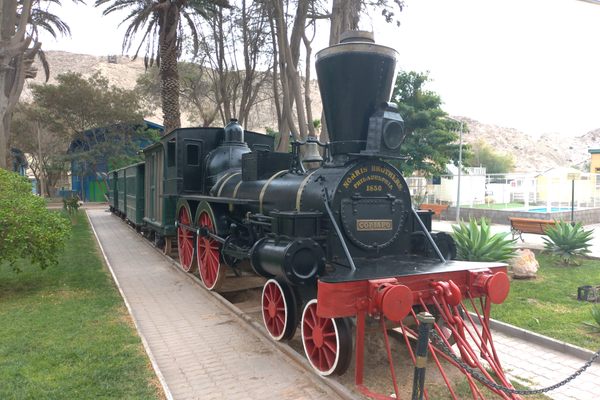Canarsie Trolley Graveyard
Residents of this Brooklyn neighborhood may be unaware their houses sit atop a buried trolley graveyard.
Brooklyn once had a trolley system as novel and iconic to the borough as the subways are to New York City today, although many New Yorkers might be unaware it ever existed. Even the trolley car graveyard, a massive pit where the retired trains were interred at the end of the Canarsie line, is now entirely buried without a trace.
But in the late-19th and mid-20th centuries, the streets of Brooklyn were full of trolleys. Before they relocated to Los Angeles, the Dodgers played in Brooklyn from 1884 to 1957. Their original name? The “Trolley Dodgers,” for the practice of jumping out of the path of speeding electric streetcars. Trolleys were a public service that was somewhere between luxury and utility. Wealthy socialites would rent entire cars to host after hours cocktail parties in.
When automobiles took over the streets, streetcars were replaced by buses and personal vehicles. The trolley cars were phased out of use. Some were sent to other cities and countries as far as South America. Others were sold off to museums. But many of the Brooklyn trolleys were sunk into a pit about the size of a city block at the end of the Canarsie line in the Brooklyn Rapid Transit Company yard.
The giant grave comprised of seven acres, about 35 feet deep—it had to be in order to submerge the cars. The tracks led right to the edge of the pit, and from there the trolleys would topple to the bottom.
Trolleys were interred in the pit up until 1939. After that the pit remained open, used as a swimming hole by local kids. Some of the scrap metal from the sunken trolleys was used for tanks and artillery during World War II. Eventually the pit was filled in to make more room for the developing neighborhood. Most of the old timers who remembered the trolleys are gone now, meaning that the residents of East 99th Street may be unaware of the historic treasure buried beneath them.



















Follow us on Twitter to get the latest on the world's hidden wonders.
Like us on Facebook to get the latest on the world's hidden wonders.
Follow us on Twitter Like us on Facebook